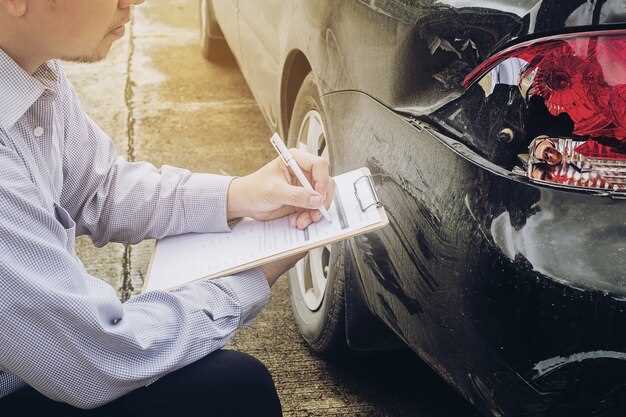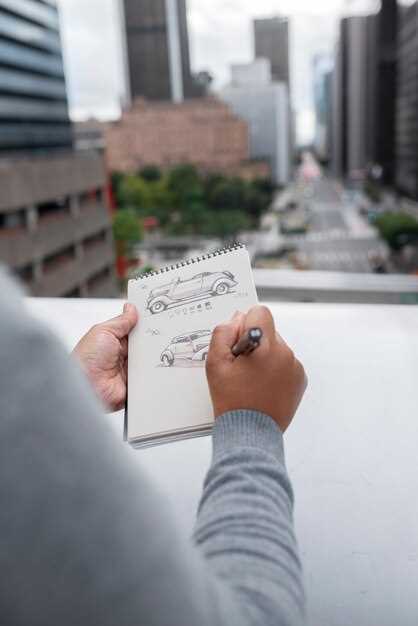Checklist before purchasing a second-hand vehicle

Buying a used car can be a daunting task, but with the right preparation, you can navigate the process smoothly. A comprehensive pre-purchase checklist is essential to ensure that you make an informed decision and avoid potential pitfalls. One of the most critical aspects of this checklist is the inspection of the vehicle.
Before finalizing your purchase, it’s imperative to conduct a thorough inspection of the car. This not only helps you assess the condition of the vehicle but also gives you insight into any hidden problems that may not be immediately visible. Pay attention to crucial components such as the engine, brakes, tires, and electrical systems. A well-documented history of maintenance can also provide valuable information about how well the car has been looked after.
Additionally, consider bringing along a trusted mechanic or a knowledgeable friend to assist with the inspection. Their expertise may uncover issues you might miss, ensuring that you make a wise investment. By adhering to this pre-purchase checklist, you can confidently select a used car that meets your needs and offers reliable performance for years to come.
Evaluating the Vehicle’s History Report
When considering a used car, one of the essential steps in ensuring a sound purchase is evaluating the vehicle’s history report. This report provides crucial information about the car’s past, including accidents, service records, title status, and previous ownership. Understanding these details helps buyers make informed decisions and avoid potential pitfalls.
Start by obtaining the report from a reputable source, such as Carfax or AutoCheck. Enter the vehicle identification number (VIN) to access the report specific to the used car you are interested in. Look for any reported accidents. A history report will usually indicate the severity of any accidents, which can affect both the car’s performance and resale value.
Next, examine the service history included in the report. Regular maintenance records are a good sign that the previous owner took care of the car. Consider the frequency and type of services performed. If significant repairs or replacements have been made, such as engine or transmission work, investigate further to ensure that these issues were resolved properly.
Title status is another critical aspect to review. Ensure the title is clean, meaning the car has not been salvaged, rebuilt, or has any liens against it. A salvage title indicates the vehicle was deemed a total loss by an insurance company, while a rebuilt title suggests it has been repaired after such a designation. Both can lead to complications in ownership and financing.
Also, check the number of previous owners. A car with many owners in a short period may indicate underlying issues. Conversely, a used car with a single owner could suggest stability and proper care. Evaluate the reported mileage against the age of the car. Unexpectedly low mileage can be a red flag for odometer fraud.
Lastly, be aware of any recalls reported in the history. Verify that all recall repairs have been completed. Cars with unresolved recalls can pose safety risks. Cross-referencing this report with a physical inspection of the vehicle itself is advisable to ensure that all reported issues have been addressed.
Conducting a Thorough Physical Inspection

When buying a used car, conducting a thorough physical inspection is essential to ensure that you are making a sound investment. Here are key areas to focus on during your inspection:
- Exterior Condition:
- Check for scratches, dents, and rust on the body.
- Inspect the condition of the paint for fading or inconsistencies.
- Evaluate the alignment of body panels to identify any previous accidents.
- Tires:
- Examine tread depth for even wear; uneven wear can indicate alignment issues.
- Look for signs of sidewall damage or bulging.
- Ensure all tires, including the spare, are of the same type and make.
- Interior Inspection:
- Inspect seat covers and upholstery for tears or stains.
- Test all electronic components, including lights, air conditioning, and entertainment systems.
- Check for any unusual odors, as they can indicate mold or other issues.
- Engine Compartment:
- Look for leaks around hoses and filters; signs of oil or coolant leaks can be problematic.
- Examine the battery condition; check for corrosion or age.
- Inspect belts and hoses for wear, cracks, or fraying.
- Under the Car:
- Check for rust or corrosion on the undercarriage.
- Inspect the exhaust system for leaks or damage.
- Look for any signs of fluid leaks on the ground.
By thoroughly inspecting these areas, you can gain valuable insight into the condition of the used car and make a more informed purchasing decision.
Testing the Car on a Test Drive

Taking a used car for a test drive is a crucial step in the purchasing process. During this time, you can assess the vehicle’s overall performance and identify any potential issues that may not be evident during a visual inspection. Start by examining how the car accelerates, brakes, and handles sharp turns. Pay attention to any unusual noises that may signal underlying problems.
Before starting the drive, adjust the seat and mirrors for optimal comfort and visibility. Ensure that you have a clear line of sight while driving. Once on the road, test different driving conditions–accelerate on a straightaway, navigate through city traffic, and take the car on highways if possible. This will give you a comprehensive understanding of how the car behaves under various situations.
During the test drive, also evaluate the responsiveness of the steering and the effectiveness of the brakes. A used car should respond predictably and smoothly to these inputs. If you feel any vibrations or hear grinding noises when pressing the brakes, this may be an indication of problems that need to be addressed.
Check the car’s features and amenities as you drive. Test the air conditioning, radio, and any other technology to ensure they are in working order. Comfortable seating and ease of access to controls are equally important, especially for long drives.
Finally, consider the overall comfort level. Does the car feel stable and secure? Is the interior free of unpleasant odors? A thorough test drive will provide invaluable insight into the true condition of the vehicle, helping you make an informed decision before finalizing your purchase.

